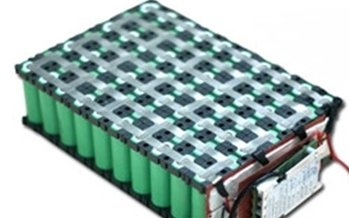
The low-temperature solid-phase reaction method is gaining attention as an innovative approach in inorganic chemistry. Unlike traditional high-temperature solid-state reactions, this technique enables the synthesis of metastable compounds at lower temperatures, offering unique advantages for advanced material development.
What Is a Low-Temperature Solid-Phase Reaction?
The low-temperature solid-phase reaction involves chemical reactions under room temperature or mild heating conditions without using solvents. This environmentally friendly method is simpler, cost-effective, and more efficient compared to conventional high-temperature processes.
Advantages of Low-Temperature Solid-Phase Reaction
- Eco-Friendly & Green Chemistry – solvent-free, pollution-free, and energy-saving.
- Cost Reduction – simplified synthesis and fewer intermediate steps.
- High Purity – minimizes impurity formation and particle agglomeration.
- Versatility – applicable in oxides, nanopowders, polyacids, and metal complexes.
Applications in Battery Active Materials
One of the most promising applications of the low-temperature solid-phase reaction is in the synthesis of high-performance battery active materials. It ensures stable structures, better electrochemical performance, and aligns with the demand for sustainable energy solutions.
Conclusion
The low-temperature solid-phase reaction method represents a powerful tool in green synthetic chemistry. Its role in producing cost-effective, eco-friendly, and high-performance battery materials makes it a cornerstone for the future of energy storage and advanced materials research.
Contact Us
Interested in learning more about our About Us page or exploring cooperation opportunities?
Contact ushttps://hrlibattery.com/contact-us/ today, and our team will provide tailored solutions to meet your specific needs.
